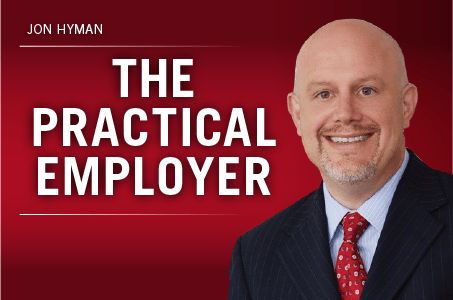Workplace harassment isn’t illegal unless it is harassment because of some protected characteristic (sex, race, age, religion, national origin, disability, or any other class protected by law).
Generalized workplace bullying or other mistreatment is not illegal unless it falls into one of those categories. Indeed, as the Supreme Court has repeatedly reminded us, workplace discrimination laws are not “a general civility code.”
Just because the federal workplace discrimination laws are not “general civility codes” does not mean that individual states can’t do more with their own laws.
For example, consider Tennessee’s Healthy Workplace Act. It encourages anti-bullying and respectful workplace policies by granting immunity to an employer from lawsuits alleging negligent or intentional infliction of emotional distress if that employer adopts such a policy. Tennessee even provides a Model Abusive Conduct Prevention Policy [pdf].
As originally drafted, Tennessee’s law only applied to public employers. Last week, Tennessee amended it to apply to all employers in that state.
Bravo to Tennessee for taking a stand against abusive bosses and other bullies at work. But also, how sad that we need a law to tell employees to treat each other like, well, like people.
The [Insert Entity Name] is firmly committed to a workplace free from abusive conduct as defined herein. We strive to provide high quality products and services in an atmosphere of respect, collaboration, openness, safety and equality. All employees have the right to be treated with dignity and respect.
The policy prohibits employees from:
- Repeated verbal abuse in the workplace, including derogatory remarks, insults, and epithets;
- Verbal, nonverbal, or physical conduct of a threatening, intimidating, or humiliating nature in the workplace; or
- The sabotage or undermining of an employee’s work performance in the workplace.
And it requires supervisors to:
- Provide a working environment as safe as possible by having preventative measures in place and by dealing immediately with threatening or potentially violent situations;
- Provide good examples by treating all with courtesy and respect;
- Ensure that all employees have access to and are aware of the abusive conduct prevention policy and explain the procedures to be followed if a complaint of inappropriate behavior at work is made;
- Be vigilant for signs of inappropriate behaviors at work through observation and information seeking, and take action to resolve the behavior before it escalates; and
- Respond promptly, sensitively and confidentially to all situations where abusive behavior is observed or alleged to have occurred.
Such admirable goals. It’s just so sad that we need to legislate them into existence.
So here’s my version of the Healthy Workplace Act (and sorry for the language, but I figure we’re all adults here):
Don’t be an asshole!











